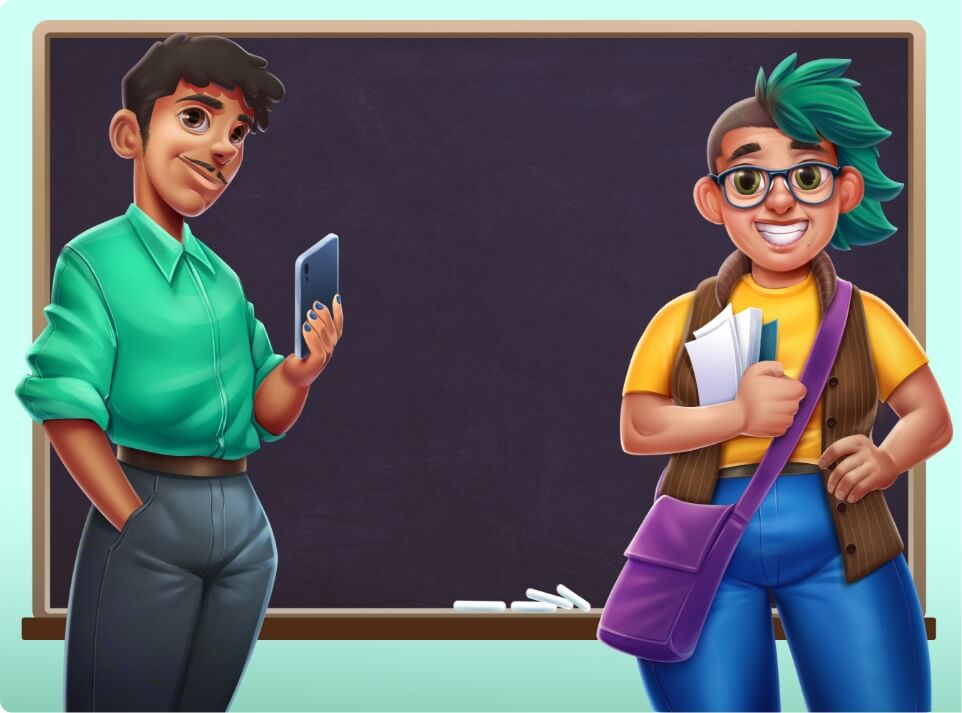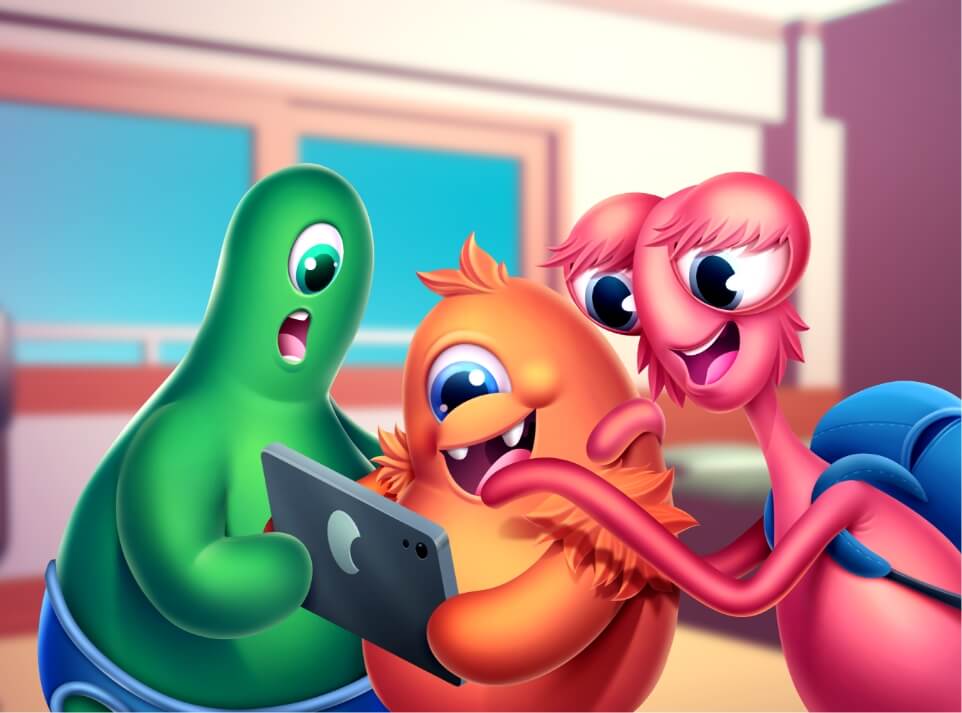How to Encourage Student Connection During COVID-19
At the moment, there is uncertainty whether or not in-class learning will resume full time. Nevertheless, the beginning of the year is crucial for students to connect not only with their teachers but also with each other. It is also important to note that each child’s social skills are different. By observing how your students interact, you, as an educator, can determine what methods will work for your class.
Here are just a few suggestions to help jumpstart that connection:
Ice Breaker Games
With most communication happening on video calls, ice breaker games are a great way for students to get to know each other at the beginning of the year, and a great way to welcome new students into the class.
Here is an excellent video of about 25 different fun games to play on Zoom. These can be used by teachers, with friends, and even with your family.
These games will work on Zoom, as well as other web-conferencing programs like Google Hangouts, Microsoft Teams, and more!
Play Games Together Online
Many programs allow students to connect through games in the classroom, similarly to how kids play games together outside of school hours Time spent outside of school time is also an essential time for classmates to get to know each other.
These games do not necessarily have to be education-based, but they should be interactive and fun for students. Dreamscape is an excellent example of a fun research-based education game, as children can interactively challenge each other. It’s perfect because it’s free to play and easy to set up an account to start playing.
Online Scrabble, Chess, Quiplash, Minecraft etc. are great examples of digital, fun non-educational games that can be used as a connection tool between new students during distance learning.
Utilizing Breakout Rooms
If using the Zoom application with your students, there is a great feature called a Breakout Room, where you act as the host of the call.
This way, you can split your class up virtually into smaller groups. You can use this in alignment with your ice breaker games, but also to help kids connect on a more personal level, as some students may feel more comfortable opening up in smaller groups rather than in bigger groups.
If utilizing this tool, it should be used in larger groups with co-teachers and other staff where discussions can be moderated in each breakout room to eliminate any risk of negative behavior.
For help with this feature, here is a quick video about how it works.
Other platforms have similar features, so depending on what you use with your class, you should be able to find the tech equivalent.
Conclusion
Your usual methods of getting kids to connect may be able to translate over to a digital medium. However, If they do not, we hope these suggestions encourage you to find new and creative ways for students to feel comfortable with both their classmates and teachers.
Categories
comments for this post are closed

